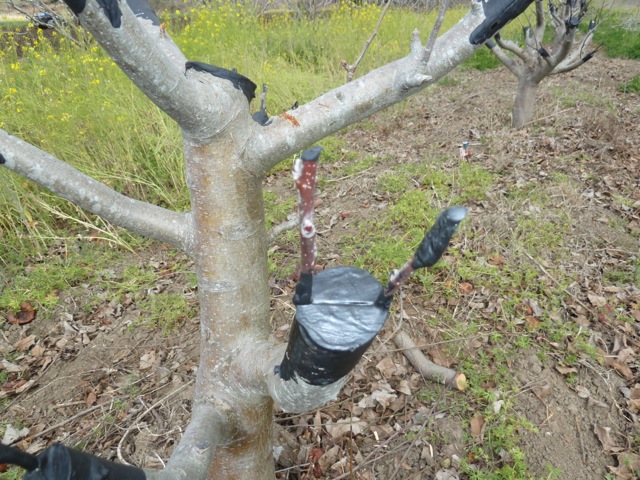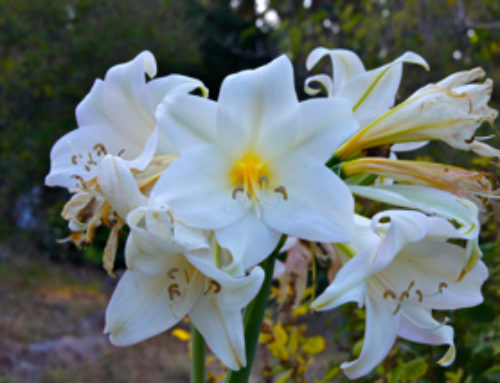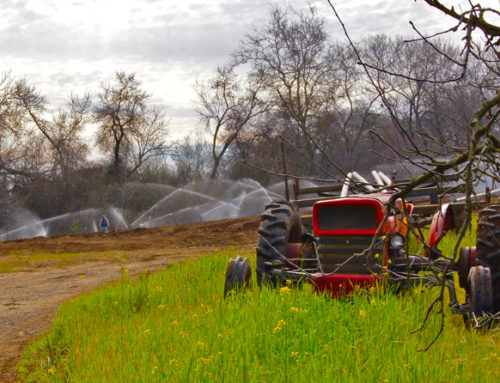Farmer Tom here – one of my favorite things to do during the winter months is pruning our apple orchards. Pruning is an important activity which I view as a conversation of sorts, where the main objective of every cut is about the long term well-being of the trees. You only get one opportunity at pruning every year, and with every tree one needs to take a short pause to understand what kind of pruning cuts to make to assure a bountiful production not just for the current but also subsequent years.

A tree responds to different cuts in different ways. Some cuts are thinning cuts typically made at the juncture of two branches and are meant to remove a branch that is no longer desirable, either due to excessive crowding or it may be dead or unhealthy. There are also what are known as heading cuts, made across a branch, out from the branch union typically these cuts help to shape a tree, manage its vegetative vigor and maximize its fruiting potential.


A guiding principle of why we prune every year is to maximize sunlight throughout the tree’s canopy to achieve a desirable quality and quantity of fruit. I have only been growing apples for about 10 years, and consider myself very much a novice. I have been lucky that some very experienced growers have given me valuable advice, and I am always grateful to learn as much as I can from them every year. Especially when it comes to working with young trees not fully shaped, each one is unique and it is an art to visualize how a tree will mature, make the kind of strategic pruning cuts that ensure it will be healthy, productive and manageable so that the entire orchard in turn can offer us many bountiful years into the future. For an experienced grower it will almost be intuitive what cuts to make, while I still proceed slowly, often hesitating, asking questions. But as one multi-generational apple grower once said encouragingly: “I never expect to master the art of pruning, there is always more to learn”.





